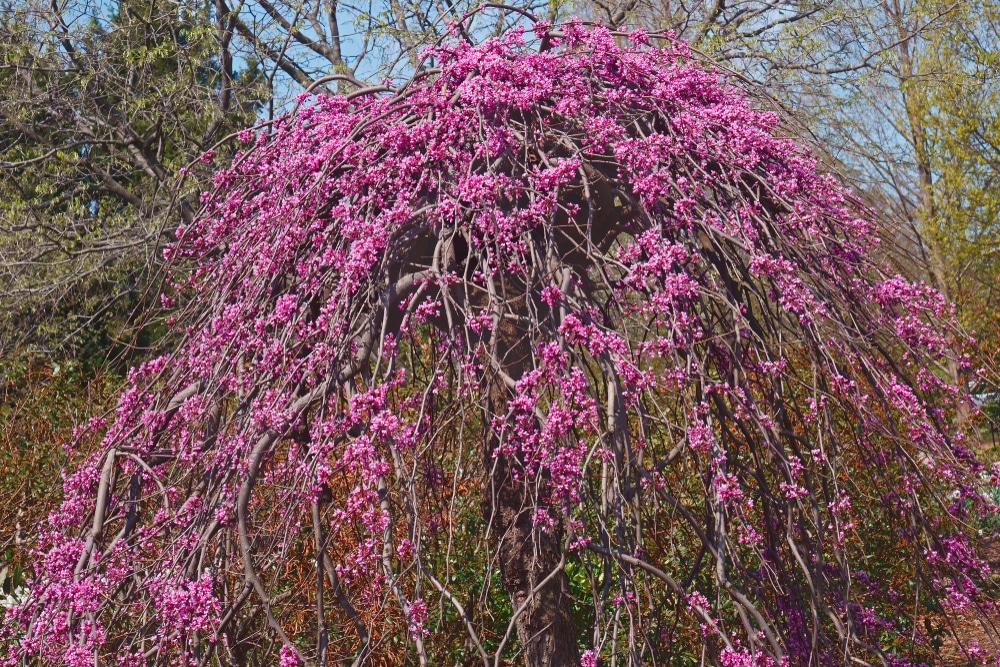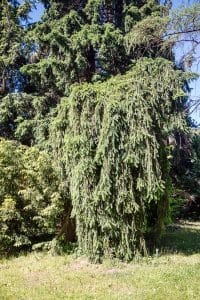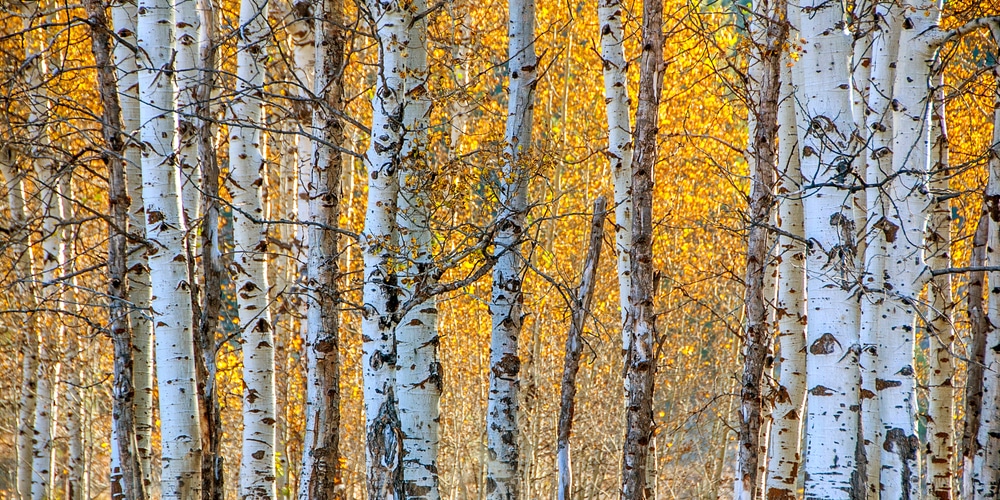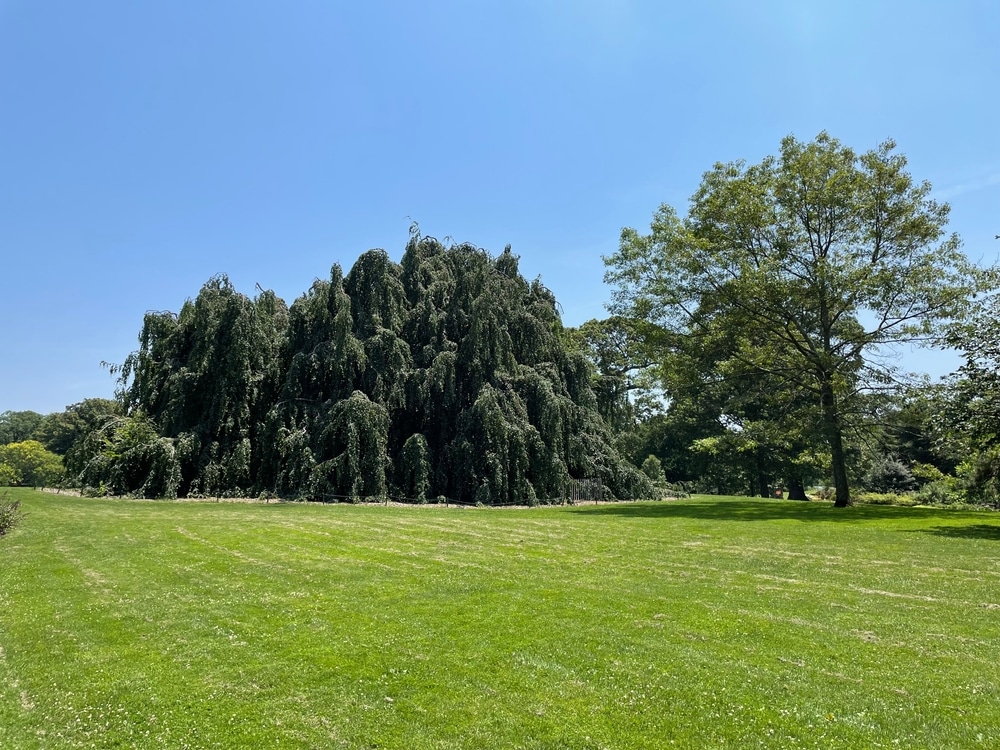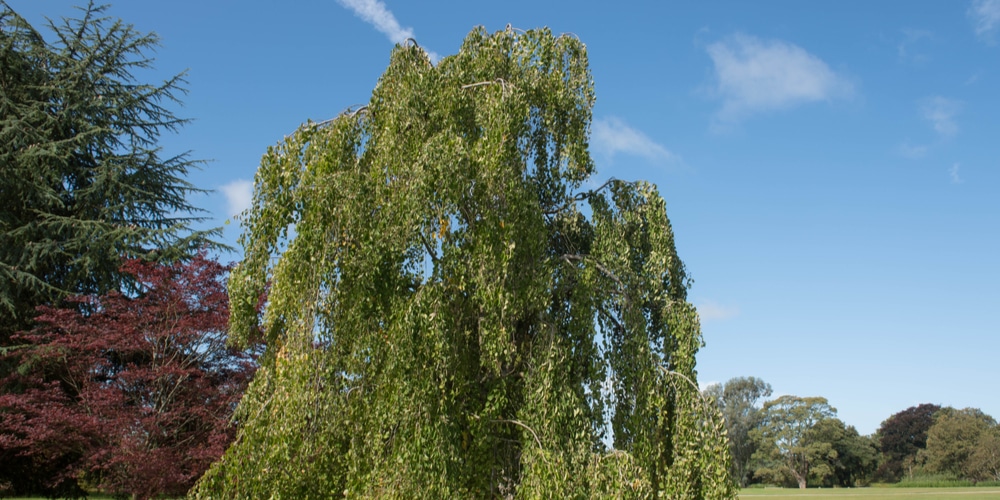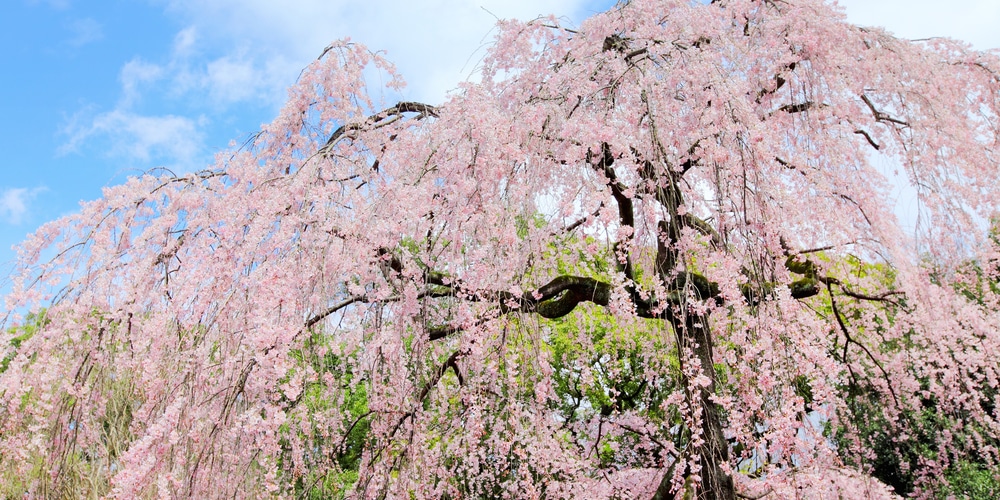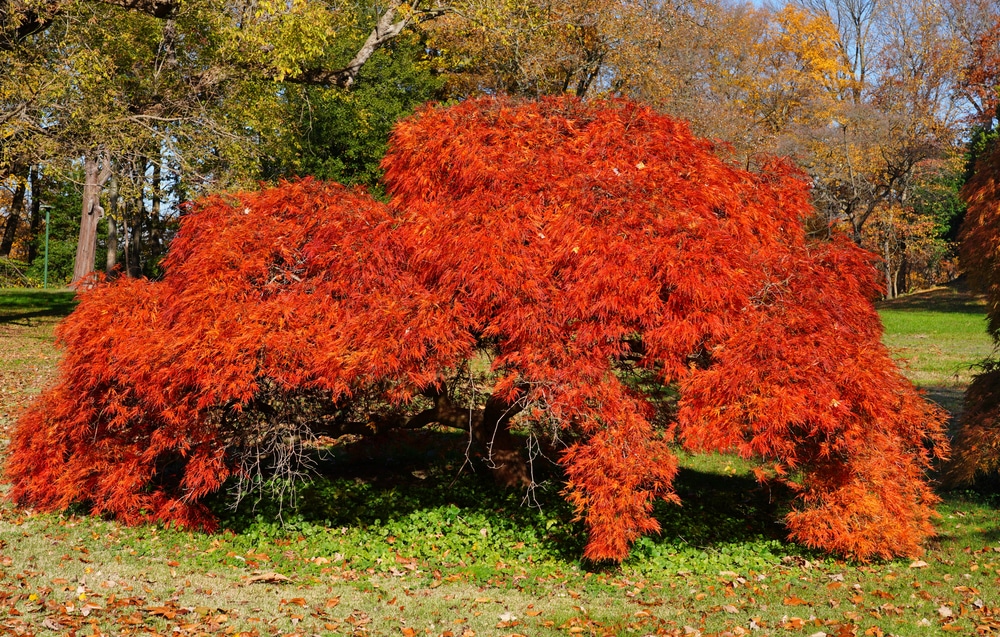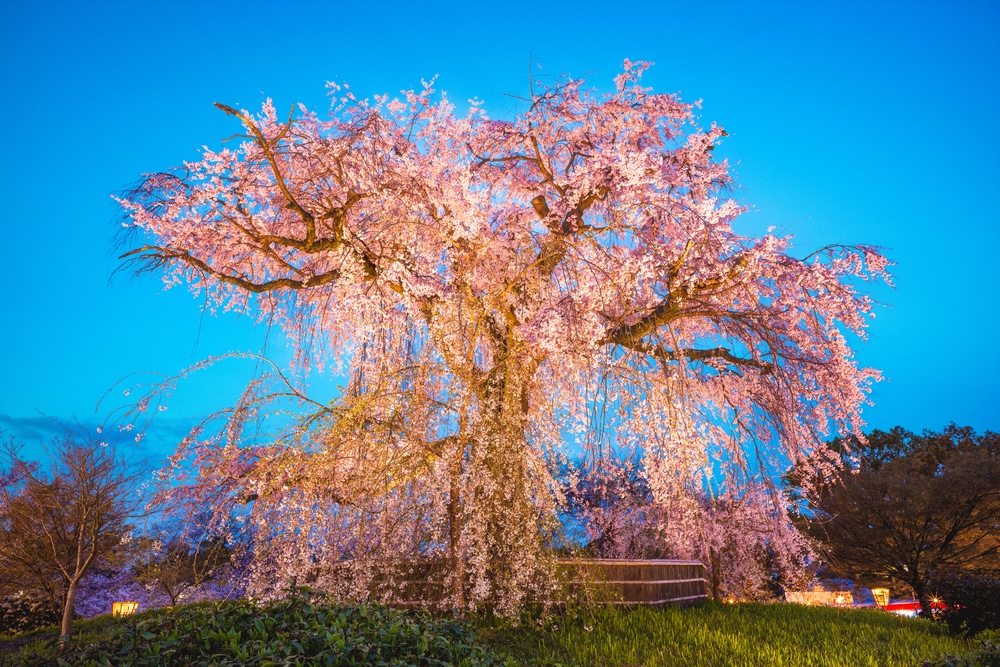Willow trees are some of the most iconic trees in the world with their drooping branches and ability to thrive in wet environments. Many people use willows for building materials to medicine.
But did you know there are other trees out there that share similar characteristics with willows? Here’s a closer look at eight trees like the willow:
Summer Cascade River Birch
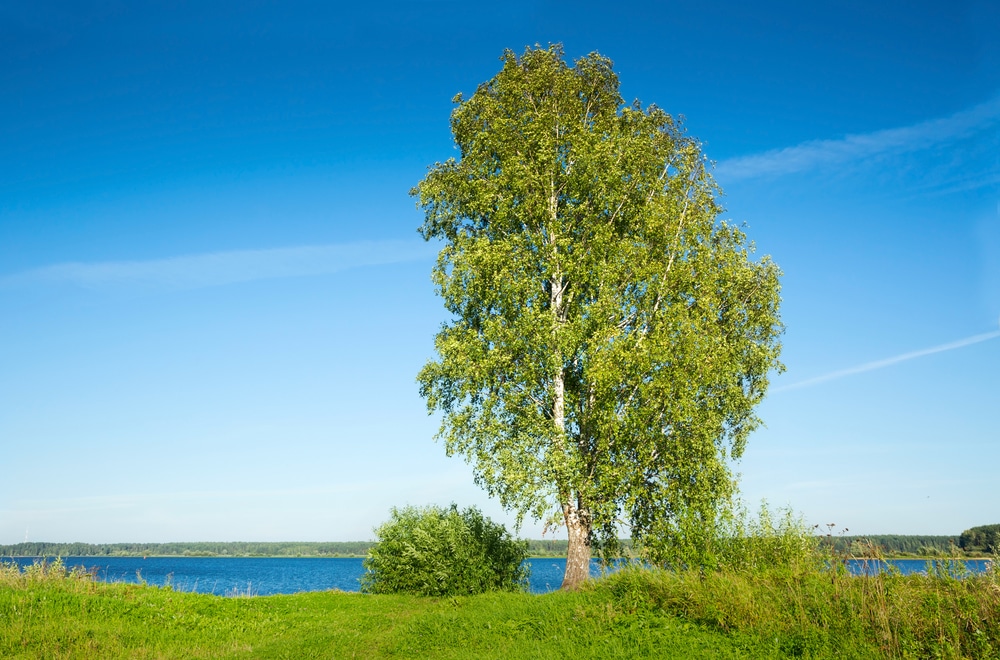
The Summer Cascade river birch tree has an attractive trait – its bark peels away in curls, revealing a cream-colored inner bark. This tree grows best in moist, wet environments and can reach heights of up to 50 feet.
Heartbreaker Weeping Redbud Tree
Heartbreaker weeping redbud trees have long, cascading branches that give them a willow-like appearance. Like the river birch tree, this tree also does well in moist soil.
Inversa Norway Spruce Tree
The Inversa Norway Spruce is a unique tree with inverted, drooping branches. It grows best in climates with cold winters and moist soils. This tree can reach up to 50 feet and has dark green needles. It is often used as a focal point in landscapes due to its unusual shape.
Quaking Aspen Tree
You can find the Quaking Aspen tree in many parts of North America. It is known for its yellow-green leaves and ability to thrive in different environments, including dry soils. This tree can also adapt to colder climates and has an exciting trait – the leaves shake and quiver in the wind, hence its name.
Purple Fountain Weeping Beech
The Purple Fountain Weeping Beech is a fast-growing tree that can reach heights of up to 50 feet. Its branches gracefully droop down, giving it a weeping appearance. It has purple-tinged leaves in the spring and summer months and golden fall foliage. This tree prefers moist soil and full sun or partial shade.
Weeping Katsura Tree
The Weeping Katsura Tree is a small to medium-sized tree with elegant, drooping branches and heart-shaped leaves. It typically grows in moist areas and is commonly found near bodies of water. Its unique feature is its sweet scent in the fall, resembling burnt sugar or caramel.
Snow Fountain Weeping Cherry Tree
The Snow Fountain Weeping Cheery Tree, also known as the ‘Snow Showers’ Weeping Cherry, is a beautiful tree with cascading branches covered in delicate white blossoms. It is native to Japan and grows best in USDA zones 5-8. This tree can reach heights of 25 feet and has an impressive spread of 20-30 feet. It prefers well-drained, moist soil and full to partial sunlight. The Snow Fountain Weeping Cherry Tree is a stunning addition to any landscape and would make a beautiful focal point in a garden or lawn.
Weeping Green Laceleaf Japanese Maple
The Weeping Green Laceleaf Japanese Maple is known for its draping, lacy leaves, and delicate appearance. It grows best in partial shade and can reach heights up to 8 feet tall. This tree also provides beautiful color changes throughout the year, with bright green leaves in spring and summer, turning orange and red in the fall.
Weeping Flowering Cherry Tree
This tree, also known as a weeping Higan cherry, is native to Japan. It has long, drooping branches covered in pink or white blooms in the springtime. This tree can reach heights of up to 25 feet and does well in full sun or partial shade. One unique feature of this tree is that its leaves change from deep green in summer to vibrant shades of orange and red in the fall. This tree is also resistant to drought and pollution, making it an excellent choice for urban areas.
Wrap Up
Each of these trees shares similarities with willows in their drooping branches and ability to thrive in wet environments. So if you’re looking for a tree with similar characteristics as the willow, consider one of these options.
